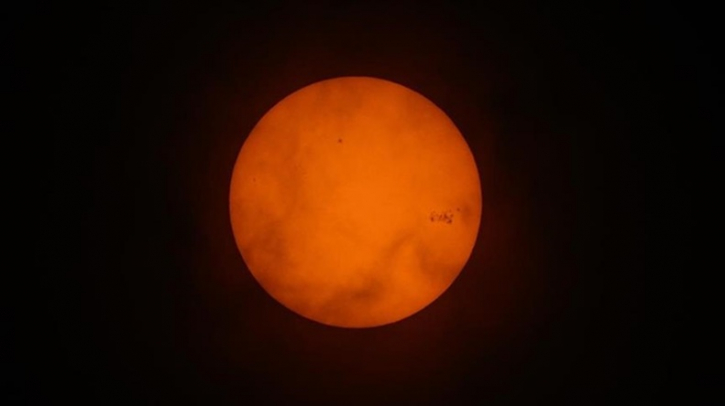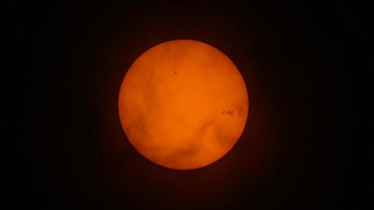NASA probe confirms long-suspected solar explosions

Published : 21:28, 20 August 2025
NASA’s Parker Solar Probe has, for the first time, directly observed a key solar process that drives massive eruptions capable of disrupting technology on Earth—a breakthrough that could revolutionize space weather forecasting.
The findings, published in Nature Astronomy and reported by ScienceDaily on Wednesday, detail the probe’s confirmation of magnetic reconnection—a phenomenon where magnetic field lines in plasma break and reconnect, releasing huge amounts of energy. While studied in Earth’s magnetosphere for decades, observing it on the Sun had remained elusive until the probe’s journey deep into the solar atmosphere.
In September 2022, Parker recorded a powerful solar eruption, capturing both plasma and magnetic field data that verified the long-suspected mechanism. The European Space Agency’s Solar Orbiter also contributed complementary observations.
“We’ve been developing the theory of magnetic reconnection for almost 70 years,” said Dr. Ritesh Patel, lead author of the study and research scientist at the Southwest Research Institute. “The probe’s measurements have validated long-standing simulation models and will provide strong constraints for future ones.”
The study suggests these discoveries could be critical in protecting satellites, communications systems, and power grids during major solar storms.
Patel added that while reconnection in the solar corona had previously been inferred through imaging and spectroscopy, and detected in Earth’s magnetosphere via missions like NASA’s Magnetospheric Multiscale (MMS), direct in situ detection on the Sun only became possible with Parker Solar Probe’s launch in 2018.

.png)
.png)







